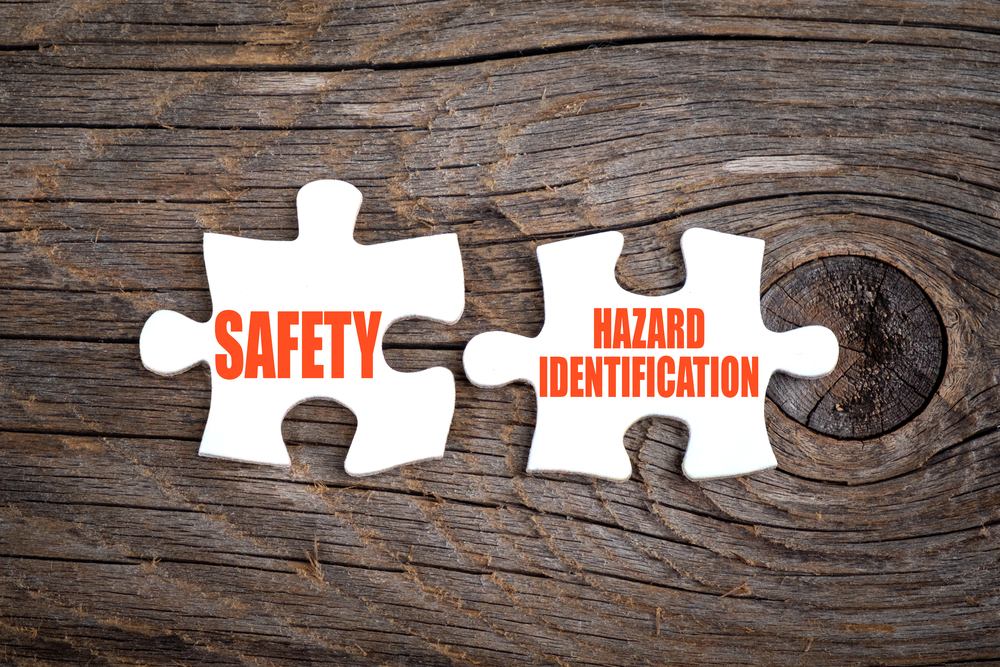Every workplace has hazards. As an employer, you have a legal responsibility to look after your employees’ safety and protect them against health and safety hazards at work.
In order to manage workplace health and safety and help prevent accidents and sickness absence, it’s important to identify, monitor and reduce the risk associated with workplace hazards.
What are workplace hazards?
Simply put, workplace hazards are any aspect of work that cause health and safety risks and have the potential to harm.
Some hazards are more likely to be present in some workplaces than others, and depending on the work that you do, there will be hazards that are more or less relevant to your business.
What are the most common workplace hazards?
There are many types of workplace hazards, which tend to come under four main categories:
- physical hazards – the most common workplace hazards, including vibration, noise and slips, trips and falls;
- ergonomic hazards – physical factors that harm the musculoskeletal system, such as repetitive movement, manual handling and poor body positioning;
- chemical hazards – any hazardous substance that can cause harm to your employees;
- biological hazards – bacteria and viruses that can cause health effects, such as hepatitis, HIV/AIDS and Legionnaire’s disease.
Common health risks
Some of the most common health risks associated with workplace hazards include:
- breathing problems;
- skin irritation;
- damage to muscles, bones and joints;
- hearing damage;
- Reduced wellbeing.
How to prevent workplace hazards
The best way to protect yourself and your employees from workplace hazards is to identify and manage them and take reasonable steps to prevent their potential to harm.
In order to control workplace hazards and eliminate or reduce the risk, you should take the following steps:
- identify the hazard by carrying out a workplace risk assessment;
- determine how employees might be at risk;
- evaluate the risks;
- Record and review hazards at least annually, or earlier if something changes.

